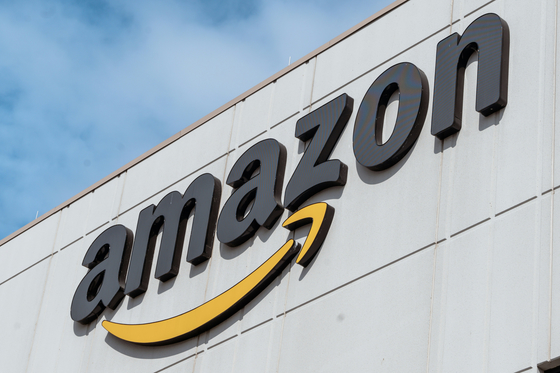A massive AWS outage has taken down half of the web, resulting in economic losses of tens of trillions of yen. Some have pointed out that this is evidence that talented engineers are leaving AWS.

On October 20, 2025, Japan time, a massive outage occurred at Amazon Web Services (AWS), a cloud computing service provided by Amazon. The outage, which affected millions of people online, is said to be
Amazon's DNS problem knocked out half the web, likely costing billions - Ars Technica
https://arstechnica.com/tech-policy/2025/10/amazons-dns-problem-knocked-out-half-the-web-likely-costing-billions/
Amazon says AWS cloud service back to normal after outage disrupts businesses worldwide | Reuters
https://www.reuters.com/business/retail-consumer/amazons-cloud-unit-reports-outage-several-websites-down-2025-10-20/
Amazon brain drain finally caught up with AWS • The Register
https://www.theregister.com/2025/10/20/aws_outage_amazon_brain_drain_corey_quinn/
On October 20, 2025 (Japan time), a large-scale outage occurred in the AWS us-east (US East)-1 region, rendering a wide range of online systems that use AWS inaccessible. Affected services ranged from Amazon's own services to the App Store, the official UK government website, Fortnite, PalWorld, and Nintendo Switch Online.
The Amazon Web Services (AWS) outage was caused by the 'us-east-1' region becoming a SPOF - GIGAZINE

by Tony Webster from Minneapolis, Minnesota, United States
The massive AWS outage affected a wide range of services, from popular services like Snapchat, Signal, and Reddit to airlines, banks, and financial services, ultimately bringing millions of businesses to a halt, preventing employees from logging in to systems or accepting payments for goods.
'This incident highlights the complexity and vulnerability of the internet and how dependent every aspect of our work is on it,' said Mehdi Daudi, CEO of Catchpoint, an internet performance monitoring service. 'The economic impact of this outage will be hundreds of billions of dollars, as millions of workers are unable to perform their jobs due to reduced productivity, and business activities from airlines to factories are halted or delayed.'
AWS reported on its status page that the outage 'occurred in us-east-1, AWS's oldest and largest web service.' Reuters noted that this was the third major outage in AWS's us-east-1 in the past five years. While Amazon did not provide a detailed explanation for the outage, Reuters noted that it was 'caused by DNS , where applications could not find the correct address for AWS's DynamoDB API .' DynamoDB is a cloud database used to store user information and other important data.

ZDNet points out that the first signs of AWS's outage were 'increased error rates and latency across many key services. While engineers later identified DNS resolution issues as the root cause of these problems and quickly fixed them, other AWS services began to experience outages,
According to ZDNet, Downdetector , which collects real-time reports of internet connection issues, received over 8 million reports at the time of the outage.
'Software developers need to build better fault tolerance,' said Ken Berman, a professor of computer science at Cornell University. 'The companies that cut costs and took shortcuts to launch their applications and then skipped the final step and actually failed to protect against outages are the ones that should be scrutinized later.' He suggested Amazon could have done more to prevent the outage.

Justin Garrison, who will leave AWS at the end of 2023, has sharply criticized the company's staffing cuts and predicted that AWS will experience a major outage in 2024 due to an increase in large scale events (LSEs) . In light of this, The Register reports that 'the AWS outage may be due to talented engineers leaving AWS.'
AWS is cutting more than 27,000 jobs starting in 2022, but because the company is notoriously tight-lipped about its workforce issues, it's difficult to know how many of those cuts were AWS employees. Leaked internal documents also show Amazon's turnover rate ranged from a low of 69.5% to a high of 81.3%, with the company estimated to lose as much as $8 billion annually due to this talent drain. The Register noted that this suggests 'talent that Amazon doesn't want to leave is leaving.'
Taking these factors into consideration, The Register points out that 'the talent that understood the causes of serious outages appears to be increasingly lost, and the new, leaner team appears unable to prevent such outages. Still, the lack of organizational knowledge needed to significantly reduce the time to detect and repair outages is a problem.' 'AWS's operational strength is built on redundant, experienced personnel, and if they cut staff, basic functionality will begin to crumble.'
Related Posts:
in Web Service, Posted by logu_ii






